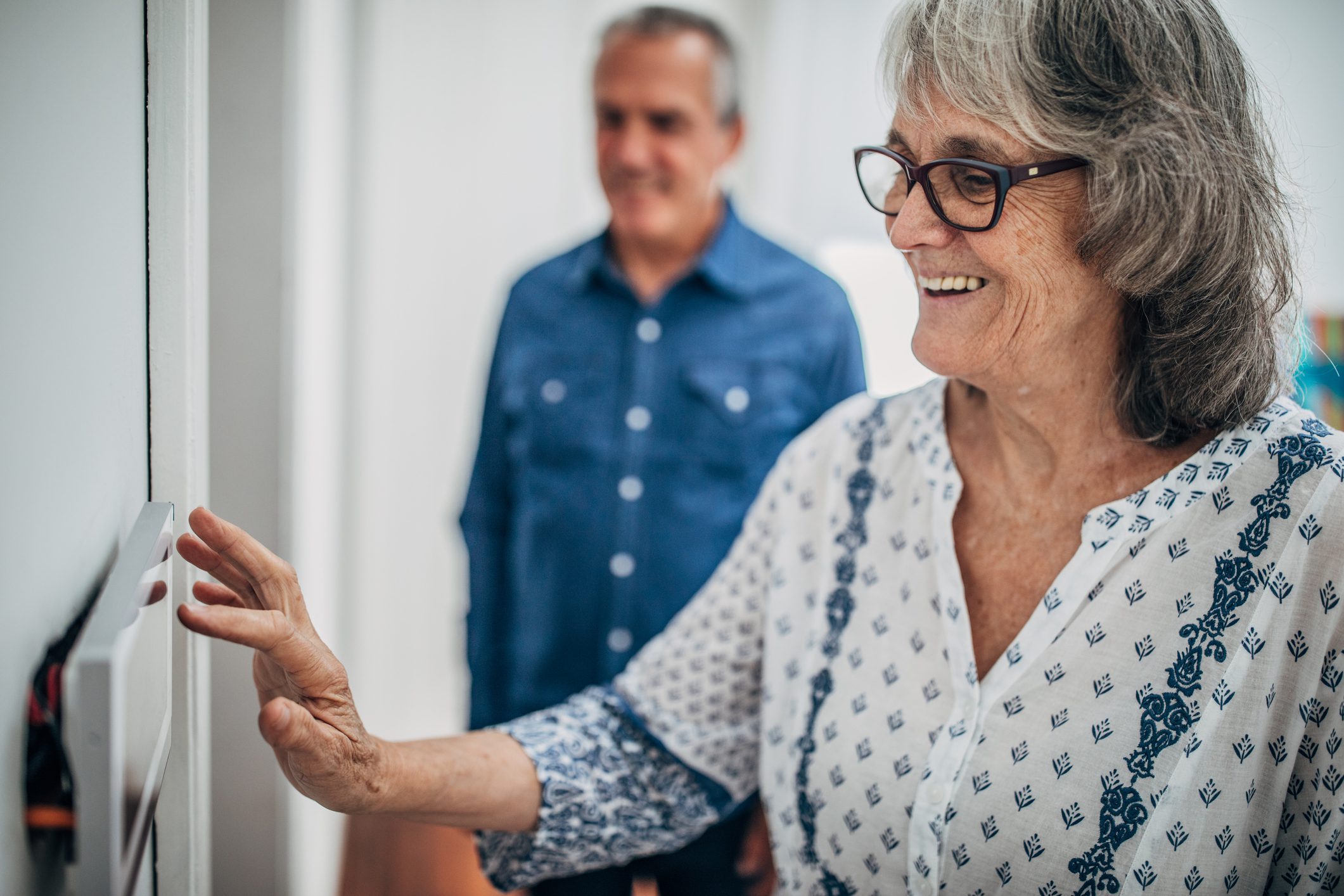Guest article by Keith Stewart, Chief Growth Officer, K4Connect
Technology adoption and implementation continues to trend upward in senior living. It is no longer about amenities; it is about function that residents and community staff value and can depend on. The COVID-19 pandemic put a magnifying glass on areas of senior living that could be significantly improved by technology, from mass communication tools to automation that saves staff time and costs, all while improving resident safety and comfort at home.
In particular, smart home technologies are quickly rising in importance and will continue to increase in relevance and value as the world of IoT (“Internet of things”) continues to proliferate. As smart home technologies have advanced, so have consumer expectations (household smart home penetration is expected to increase more than 17% in just four years) and this includes the older adult buyers who are—or will soon be—calling senior care communities home.
Here are trends we expect for smart home and senior living in the next five to 10 years.
1) Everything will be connected, and orchestration will be essential.
We’re already seeing the proliferation of connected device technologies, and this trend will certainly continue. Everything with the potential for automation or personalization will soon have that ability. The key to success will be the sophistication and orchestration of all of this: how these devices, apps and services will all speak to one another to create a truly holistic, valuable experience.
As lives become more connected, the more valuable the technology experience becomes, and this will be all anchored in AI-based learning. As smart home devices learn habits and patterns over time, the need for manual user input to guide the experience will decrease and gradually, an intuitive automated experience will seamlessly start to integrate into daily life. Singular tasks such as activating a voice device like Amazon Alexa to turn on a light or adjust the temperature will evolve into more complex— yet intuitive—automation of scenes, like rising from bed triggering a sequence of morning actions. Leveraging a confluence of automation technologies such as motion detection, sensors and voice activation, the home experience will transform into the ultimate personalized environment.
This level of automation will be incredibly valuable for older adults—technology that effortlessly makes life at home more accessible, comfortable and above all else, safe.
2) Proliferation of IoT devices will continue to grow, and integration capabilities will grow along with it.
As more devices become connected, the expectation for integrations to match those needs and interests increases along with it. The next generation of residents is becoming more comfortable with these types of technologies in the home, such as smartphone, internet and tablet usage, and those lifestyle changes will impact if and where they decide to call home in a senior living community. The broader expansion of the integrated home experience is essential to the continued growth of older adult smart home usage. This is especially true in the voice-first and personal wearables categories, where older adults are already recognizing the value in personalized health information and tracking.
3) Smart home technology will be core to risk mitigation and extending staff coverage.
Smart home technology will also advance in the area of resident safety. Already, impressive developments in the broad digital transformation of older adult health and safety are happening, particularly in the areas of at-home behavior, injury prevention and wellness checks or resident check-ins. The marriage of technologies such as motion sensing, heat mapping, biometric data and even fitness wearables is delivering new methods of visibility into resident behavior at home, while maintaining resident privacy and independence.
The confluence of this data allows communities to ensure safer environments for residents while extending staff coverage for community teams. As the caregiver shortage and rapid growth of the resident-age population continues, leveraging automated tools that can augment staff needs while adding an additional layer of security for residents will become standard protocol.
4) The data and macro trend analysis will be huge.
The most valuable outcome of this smart home evolution is the data generated by all of these connected devices and systems. Senior living has never been an industry driven by data, but with the promising adoption of new technologies in recent years continuing to grow, it is moving toward a future that can truly unlock the value of macro data trends. Understanding this type of data allows us to better address older adult issues like acuity decline, the relationship between behavioral and health risks, and much more than what happens in the doctor’s office. This data will contribute to more dynamic targeted care and segmentation of senior living residents, transforming a segment like independent living to categories like active independent adult, moderate independent adult and so forth.
This holistic view of the next generation older adult will enable the entire senior living field, as well as healthcare professionals, to better understand and support this growing population.
Ultimately, smart home innovation in the next five to 10 years will continue to trend toward utility versus amenity value, a lot of which we are already experiencing.
—
For more articles covering senior housing trends and how providers must adapt to them to continue fulfilling their missions, click here. To download Love & Company’s brand-new white paper, “Senior Housing Trends: 2021,” click here.




